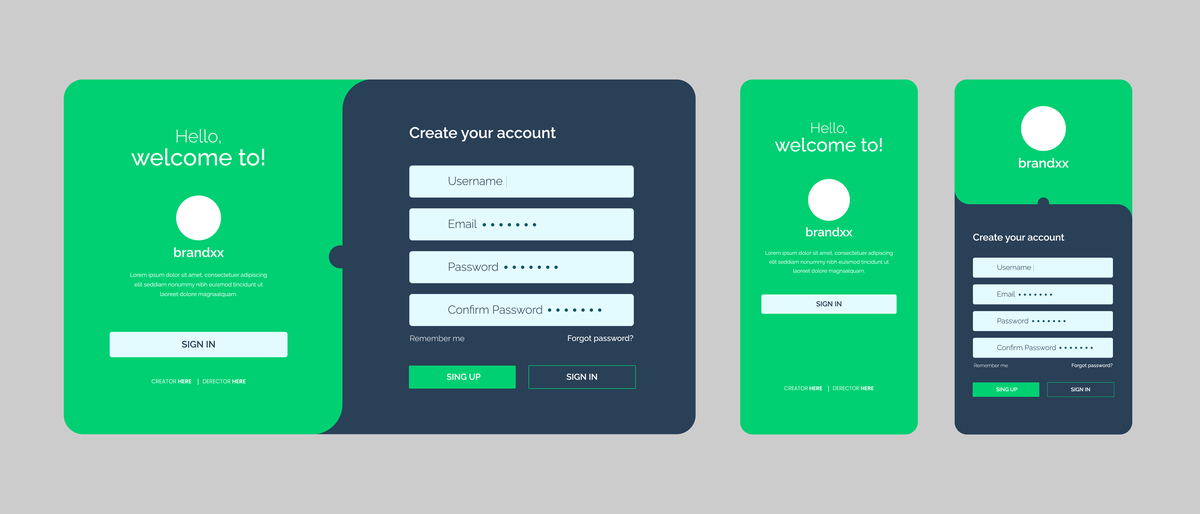Vue 移动端底部导航栏实现 - 使用 v-for 渲染图标和文字
<template>
<div class='nav-bar'>
<div class='nav-item' v-for='(item, index) in navList' :key='index'>
<div class='icon'>
<img :src='item.icon' alt=''>
</div>
<div class='text'>{{ item.text }}</div>
</div>
</div>
</template>
<script>
export default {
data() {
return {
navList: [
{ icon: 'img/home.png', text: '首页' },
{ icon: 'img/category.png', text: '分类' },
{ icon: 'img/cart.png', text: '购物车' },
{ icon: 'img/mine.png', text: '我的' }
]
}
}
}
</script>
<style>
.nav-bar {
display: flex;
justify-content: space-between;
padding: 10px 15px;
background-color: #fff;
box-shadow: 0 -1px 3px rgba(0, 0, 0, 0.1);
}
.nav-item {
display: flex;
flex-direction: column;
align-items: center;
justify-content: center;
}
.icon {
margin-bottom: 6px;
}
.icon img {
width: 24px;
height: 24px;
}
.text {
font-size: 12px;
color: #666;
text-align: center;
}
</style>
<p>该代码使用 Vue 框架实现移动端底部导航栏。</p>
<ul>
<li><code>navList</code> 是导航栏的数据源,包含每个导航项的图标和文字。</li>
<li>使用 <code>v-for</code> 指令遍历 <code>navList</code>,渲染每个导航项。</li>
<li>每个导航项都有 <code>icon</code> 和 <code>text</code> 两个子元素,分别显示图标和文字。</li>
<li>使用 <code>flex</code> 布局将导航项平均分配在父容器中。</li>
<li><code>icon</code> 和 <code>text</code> 之间设置合适的间距,并进行居中对齐。</li>
</ul>
<p>您可以根据实际需求修改 <code>navList</code> 数据源和样式代码。</p>

原文地址: https://www.cveoy.top/t/topic/ovSO 著作权归作者所有。请勿转载和采集!